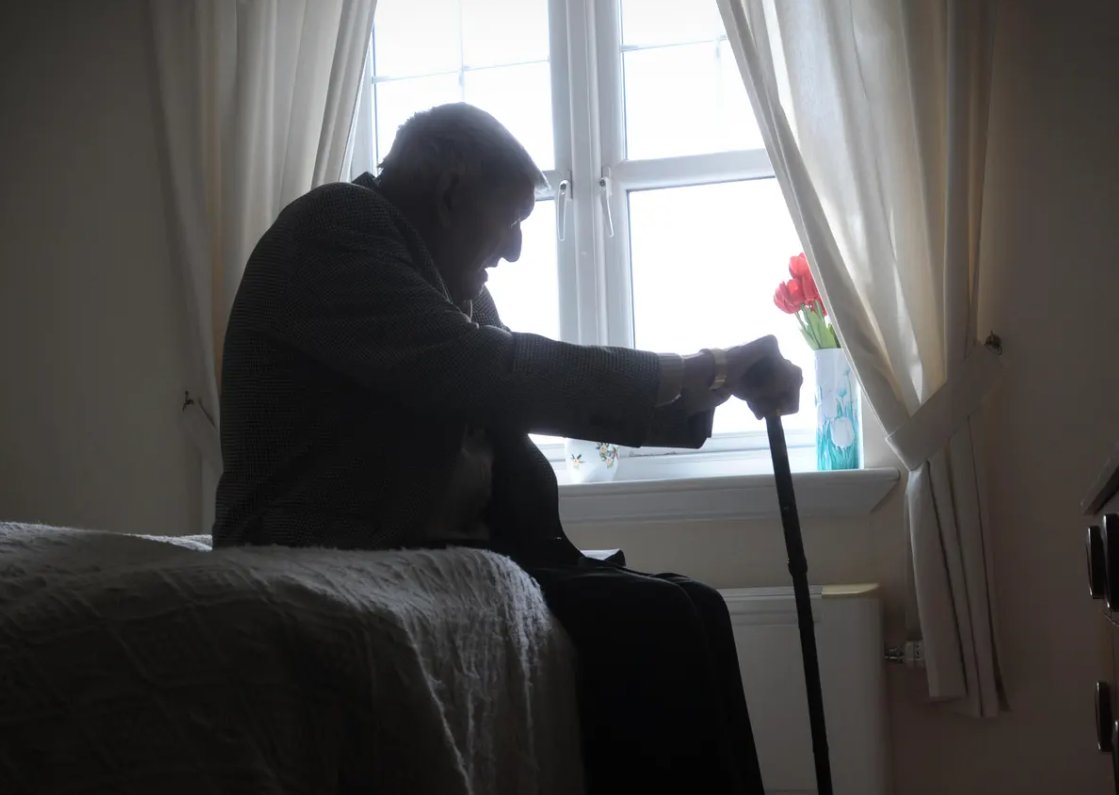Its far from a "gold standard" study. Huge amounts of inherent bias.
Failed to assess prior infection in either control or mask groups or adjust for area.
Failed to recognise the mask campaign ALSO came with a heavily publicised general covid awareness campaign which likely changed behaviour.
The appendix even admits the mask groups had on average fewer social contacts.
Just for starters that produces so many potential errors the results are junk. So many confounders an undergratuate would get laughed out of the office if he submitted this and made any claims as to the outcome.
Even THEN it failed to show any useful benefit for face covering/non surgical masks which are the things worn by 99.9% of people.
Plenty of other things wrong with it. Its typical of covid-papers. They'd never got past proper peer review in a million years before the pandemic. Since covid arrived though you can get woeful things reviewed in record time and published.
The study appears as valid as any other scientific paper on the topic.
The important aspect is that they found the significant difference occurred with the use of _surgical_ masks (which were deliberately handed out to the population). This makes perfect sense as 'surgical' masks, properly worn, should be capable of filtering virus sized particles (0.1 micron). I assume here that they used the US (ASTM) definition of a 'surgical' mask, as I cannot find it in the paper. The EU equivalent is a respirator mask to FFP2 or FFP3.
Now no-one with any sense has ever argued that respirator masks are useless. The point however is that the UK regulations mandated 'face coverings' whilst making no stipulation whatsoever over the specification of such coverings (indeed, with fashion items such as single mesh cotton 'designer' masks being popular). Such items (along with the ubiquitous 'single use paper' mask) have no measurable effect on virus sized particles, hence the description 'face nappy' is entirely appropriate.
Now it is true that the Bangladesh study issued cloth masks as well, and these had a measurable (if marginal) effect. But it is noticeable that these were not ordinary 'cloth masks' but what appear to have been purpose designed 3-layer cloth masks (polypropylene exterior + 2 layers poly-cotton interior). Indeed the fact they were so constructed suggests to me that one aim of the study might have been to show the cloth masks were equally effective to the surgical ones, whilst
more economical (because they would presumably be washable) - but of course it failed to show this so the emphasis has been put on the effectiveness of the surgical masks instead.
This small benefit from the cloth masks is consistent with other studies and meta-analyses which do show marginal benefits i.e. any sort of mask may be very slightly better than nothing (which is likely to be because of disrupted airflow and interception of aerosol droplets).
However the question remains whether the upsides of mask wearing outweigh the downsides (disrupted communication, embedding distrust of strangers). And certainly the mask zealots/virtue signallers who seem to think that (non-surgical) mask wearing is a 'silver bullet' that has a huge effect on spread of the virus, are out of touch with all reality.
The "small benefit" goes away entirely when you factor in behavioural changes combined with the "large scale general covid awareness campaign".
Its buried in statistical noise.
Also if you factor in the non-testing for prior infection and balancing that the CIs expand to the point the "small benefit" isnt present out of the noise.
And yes, the "cloth mask" is not a cloth mask or facecovering either.
Unless they were intending to get the best outcome possible its very odd they didn't base the study on the usual types of mask the public use.
"If you have 3 such measures each at 10%, then the effect is 0.9^"
That's completely scientifically and mathematically illiterate. It doesnt work like that.
When you factor in the awareness campaign and prior infection the confidence intervals widen to the extent "0" falls well within them.
As such there is literally no statistically significant benefit. We have a p of 0.5 for *specifically constructed cloth masks that are not the same as real world masks*.
So now we have a tiny potential claim effect, buried within statistical noise, with a very high P value using a design that isn't the type used by the majority in the real world.
With no balanced control groups.
It also used a lot of unverified self-reporting.
(And thats without them not testing the real world type of masks).
"An obvious behavioural effect of widespread mask wearing is the visual reminder that fosters careful behaviour. That is beneficial to the rate of transmission."
Risk studies going back decades show the opposite - they encourage riskier behavior due to a belief the magic cloth protects them.
People are less careful, less distanced and take more risks because of a misplaced belief that some pants on their nose makes them immortal.
Another huge warning flag about their starting conditions and randomisation is the fact that masks appeared to miraculously affect people differently depending on age. The magic just keeps on giving.
The 'study' was, in layman's terms, tripe. Others here have linked to comments which explain its problems, but put very very basically: 1. The entire premiss of the study was problematic in that it was looking at two issues simultaneously, primarily methods of improving knowledge of and compliance with Covid measures, but as a secondary issue, the utility of masks. From that point on, the study would have had to be not only flawless but also unfeasibly complicated in terms of control groups in order to find anything meaningful. It wasn't. 2. Using financial incentives in impoverished villages, and cultural nudges via village elders may have been appropriate to the primary point of the study - namely how you incentivise people to abide by govt measures - but took away from any possibility of the mask data being meaningful. And that's being kind. In fact, the whole way in which the 'study' was undertaken was bizarre in the extreme. 3. The interpretation of the crap data was, well, also crap but I haven't the space to go into it here and the data aspects have been covered fully in the links already given.
It is worth reading the study in full just to get a sense of how dreadful some 'scientific' work now is. Truly pathetic.










